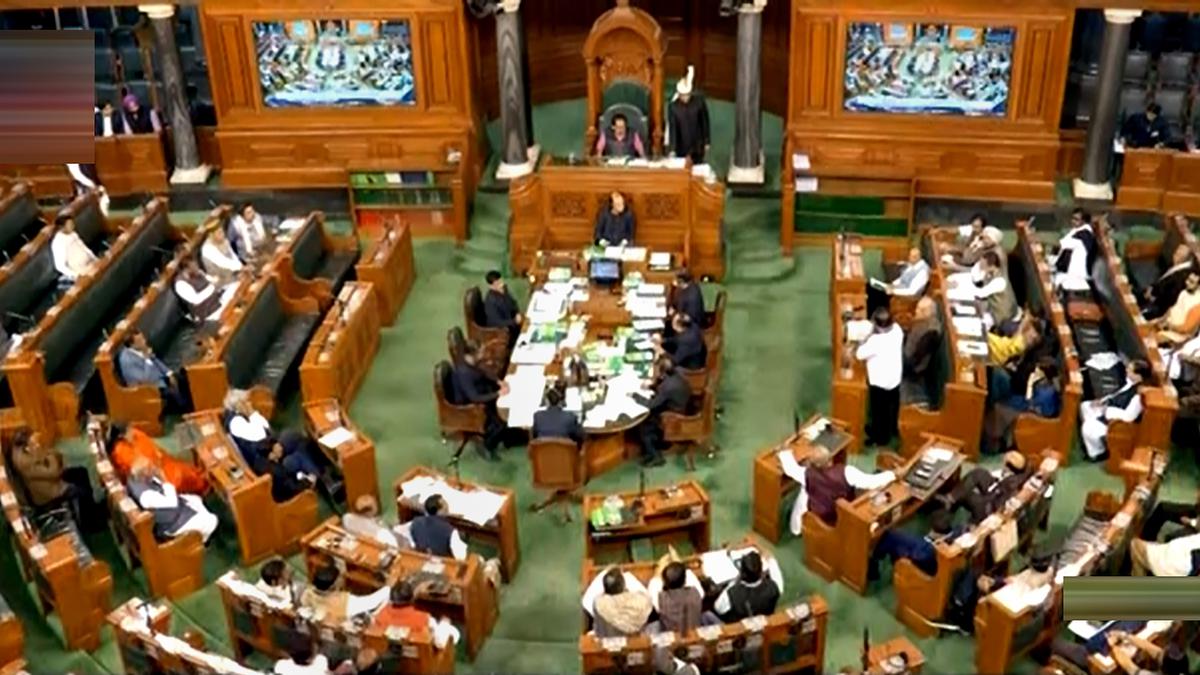The existing income limit for determining the non-creamy layer (NCL) among Other Backward Classes (OBC) is deemed sufficient, and no proposal to revise the said income limit is currently under consideration, according to the Centre.

What exactly is the Non-Creamy Layer in OBCs?
- Creamy Layer is a concept that establishes a limit within which OBC reservation benefits apply.
- While there is a 27% quota for OBCs in government jobs and higher education institutions, those who fall within the “creamy layer” are not eligible.
Basis of Creamy Layer
- It is based on the Second Backward Classes Commission’s recommendation (Mandal Commission).
- In 1990, the government announced a 27% reservation for Socially and Educationally Backward Classes (SEBCs) in civil posts and services to be filled through direct recruitment.
- Following a challenge, the Supreme Court upheld 27% reservation for OBCs in the Indira Sawhney case (1992), subject to the exclusion of the creamy layer.
How is it decided?
- Following the decision in Indra Sawhney, an expert committee led by Justice (retired) R N Prasad was formed to determine the criteria for determining the creamy layer.
- The Department of Personnel and Training (DoPT) listed various categories of people of certain rank/status/income whose children are not eligible for OBC reservation in 1993.
- The current income threshold for those who are not in government is Rs 8 lakh per year.
- The threshold for children of government employees is determined by their parents’ rank rather than their parents’ income.
- For example, if either of his or her parents is in a constitutional post, if either parent has been directly recruited in Group-A, or if both parents are in Group-B services, the individual is considered to be in the creamy layer.
- If the parents are promoted into Group-A before the age of 40, their children will be in the creamy layer.
- Children of a Colonel or higher-ranking officer in the Army, as well as officers of comparable ranks in the Navy and Air Force, are covered by the creamy layer.
- When determining the creamy layer, income from salaries or agricultural land is not combined (2004).
What is going on now?
- Many communities have expressed concerns about the proposed revisions to the criteria.
- They have questioned whether it is rational and justified to provide a creamy layer for government services only to OBC candidates.
- Since 2011, the National Commission for Backward Classes (NCBC) has consistently maintained that the income limit should be raised to at least ten lakh rupees.
Is it still being revised?
- Aside from the income limit, the current definition of the creamy layer is the same as it was defined by the DoPT in 1993 and 2004.
- The income limit has been adjusted over time.
- There have been no further orders for the definition of the creamy layer.
- Although the DoPT stated that it would be revised every three years, the first revision since 1993 (Rs 1 lakh per year) occurred only in 2004 (Rs 2.50 lakh), 2008 (Rs 4.50 lakh), 2013 (Rs 6 lakh), and 2017. (Rs 8 lakh).
- The last revision was more than five years ago.
What is the most recent NCL limit?
- Currently, an annual income of 8 lakh or more for both parents disqualifies OBCs from receiving reservation.
- It places them in the creamy layer, with benefits only available to those earning less than that.
Source: https://www.thehindu.com/news/national/existing-income-limit-for-non-creamy-layer-obcs-is-considered-sufficient-centre-tells-ls/article66482204.ece
